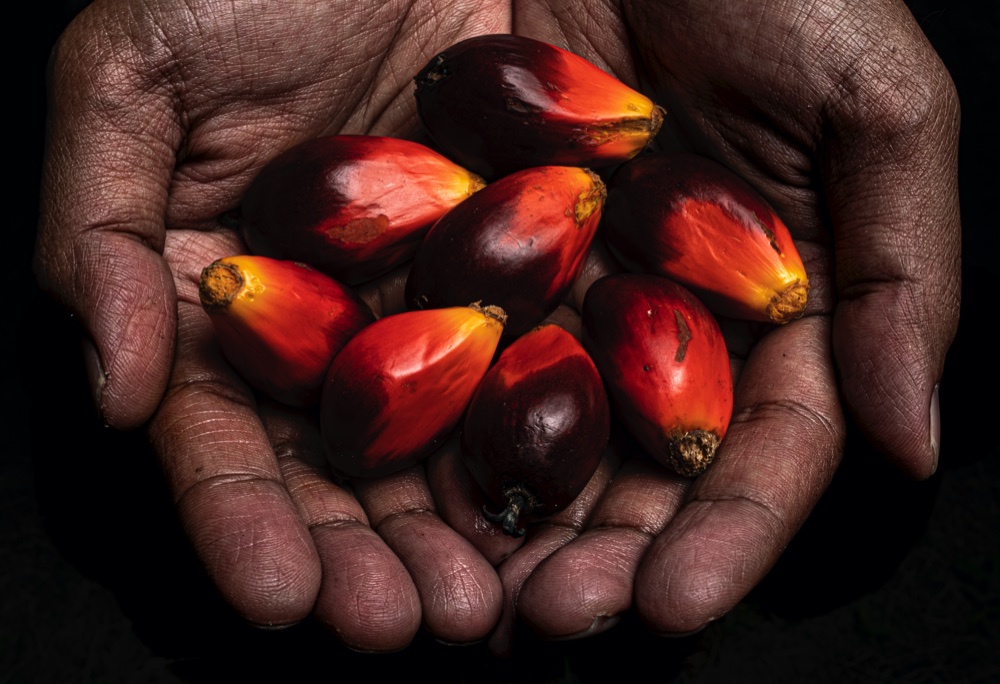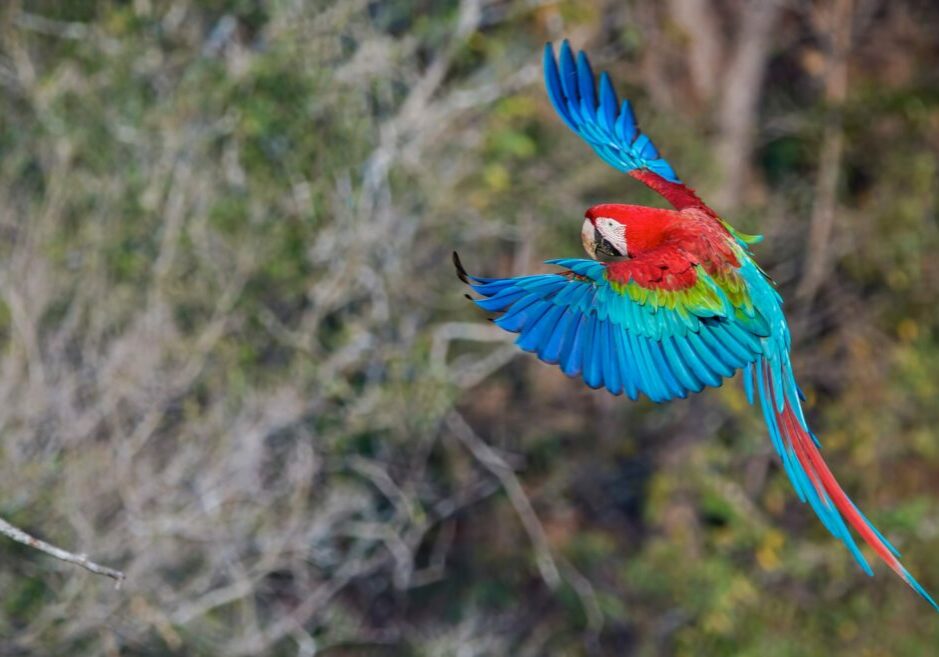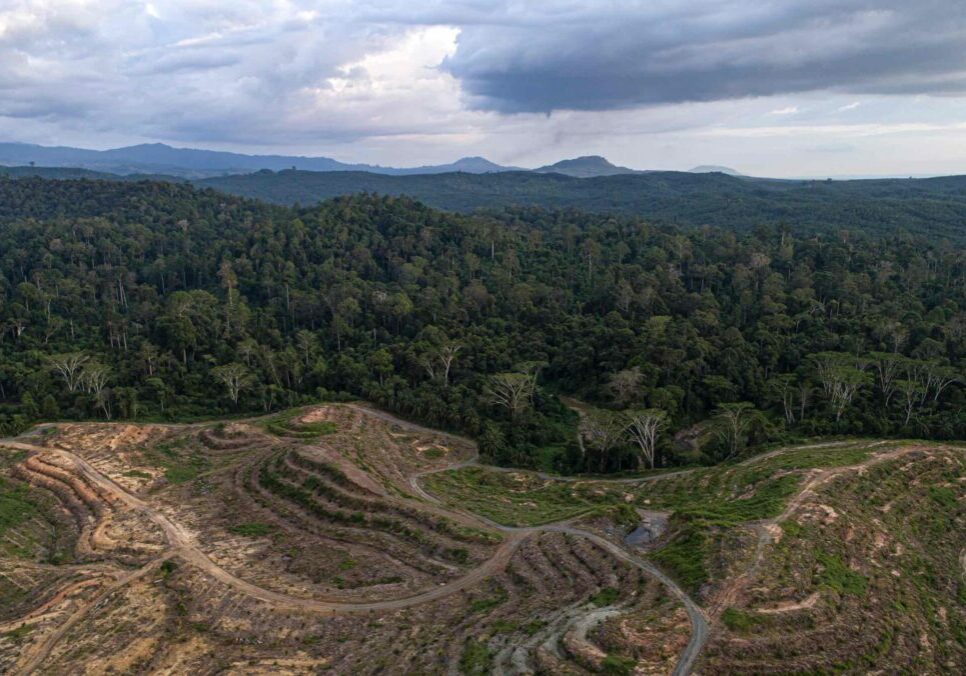
© AARON GEKOSKI / WWF-US
What is palm oil?
Palm oil is pressed from the flesh of the fruit of the oil palm tree, while palm kernel oil is produced by crushing the kernel of the fruit. Oil palm trees are native to Africa, but were introduced to south-east Asia over a century ago. Indonesia and Malaysia dominate global palm oil production, but it’s increasingly being produced in other countries, particularly in Africa and Latin America.
What’s palm oil used for?
Palm oil is incredibly versatile and inexpensive to grow, which is why you’ll find it in around half of all packaged products in supermarkets. It has many properties that make it useful for a variety of products: it acts as a natural preservative so it can extend the shelf-life of products; it’s semi-solid at room temperature so it can keep spreads spreadable; it’s stable at high temperatures so gives fried products a crispy, crunchy texture. It’s also odourless and colourless, so it doesn’t affect the look, taste or smell of products.
Palm oil isn’t only found in the food we buy – it’s used in many cosmetics and household products, too. It’s also used as cooking oil in African and Asian countries, and as animal feed and a biofuel in some parts of the world.
Why can palm oil be a problem?
Oil palms are best grown in low-lying, hot and wet areas – the same areas where rainforests grow naturally. These areas are home to more than two-thirds of the world’s biodiversity, including a number of endangered species.

© AARON GEKOSKI / WWF-US
To grow oil palm trees, vast swathes of rainforest have been cut down to create oil palm plantations, destroying wildlife habitats. This conversion of rich, biodiverse forests to oil palm monocultures has devastating effects on a huge number of species, at least 193 of which are endangered – most famously orangutans, but also elephants and tigers.
The burning of forests and peatlands to make way for oil palm plantations also releases high levels of carbon dioxide, polluting the air and accelerating climate change. Global demand for palm oil is continuing to grow. Given the already fragile state of the planet, it’s critical that action is taken.
What are the solutions?
Avoiding palm oil may sound like the obvious solution, but the problem isn’t so simple. Palm oil is a highly efficient crop compared to alternatives – which require four to 10 times more land to produce the same amount of oil – so substitution with other oils would only shift the problem to other regions and devastate natural habitats on an even greater scale.
Palm oil also provides a reliable, steady income for millions of smallholder farmers, so boycotting it would have profound consequences on the livelihoods of these people and their families.
The good news is that it’s possible to produce palm oil more sustainably, in a way that respects the environment, biodiversity and local communities.

© CHRIS J RATCLIFFE / WWF-UK
With the help of WWF, the Roundtable on Sustainable Palm Oil (RSPO) was formed in 2004 in response to growing concerns about the devastating impacts of palm oil cultivation and production. The RSPO has developed sustainable production standards and a certification system, aiming to transform markets and make sustainable palm oil the norm.
The UK government set a target for 100% of the palm oil used in the UK to be from sustainable sources. As of 2019, 70% of the UK’s total palm oil imports were from sustainable sources, so there’s still more work to be done. Animal feed accounts for a large proportion of the remaining 30% – this area needs greater transparency and ambition from the UK industry if we’re to reach the target.
What can I do?
While much of the work to be done towards ensuring palm oil is cultivated, traded and sold according to good sustainability principles comes down to governments and companies, there’s still a role for consumers to play.
Rather than avoiding palm oil, take a closer look at the products you’re buying and see if you can find the RSPO logo, which ensures that the product has been made with certified sustainable palm oil that’s been produced in a socially and environmentally responsible way.
Until 2014, palm oil could appear under a variety of different names on ingredients lists. However, palm oil derivatives can still be listed under other names, such as palmate, stearate, or even simply as vegetable oil.
Most packaged products are labelled with their companies’ contact information, so call or write to the company and urge them to switch to using certified sustainable palm oil.
You can also check out our Palm Oil Buyers Scorecard, where we’ve scored companies on their use of sustainable palm oil. While the majority of companies aren’t acting on their promises, the ones that are prove that sustainable palm oil production is achievable.
Adopt an orangutan
As well as buying sustainably sourced palm oil, you can do even more to protect and restore orangutan habitats – and protect other wildlife affected by palm oil production – by adopting an orangutan.
More to explore

Appetite for destruction
The world’s forests are critical to the survival of our planet. Yet our food choices are driving them towards a tipping point. Find out how, together, we can keep these irreplaceable landscapes alive

